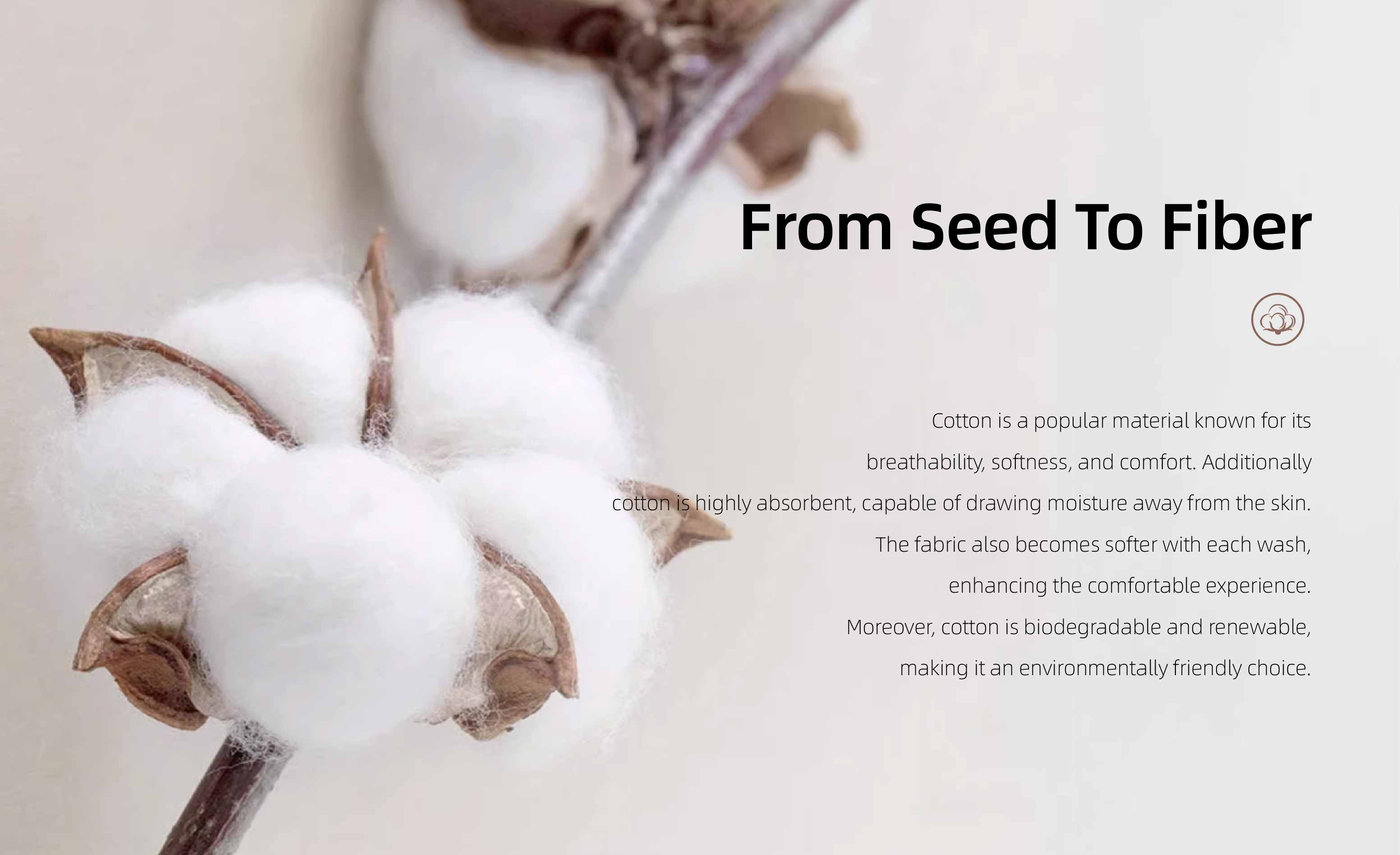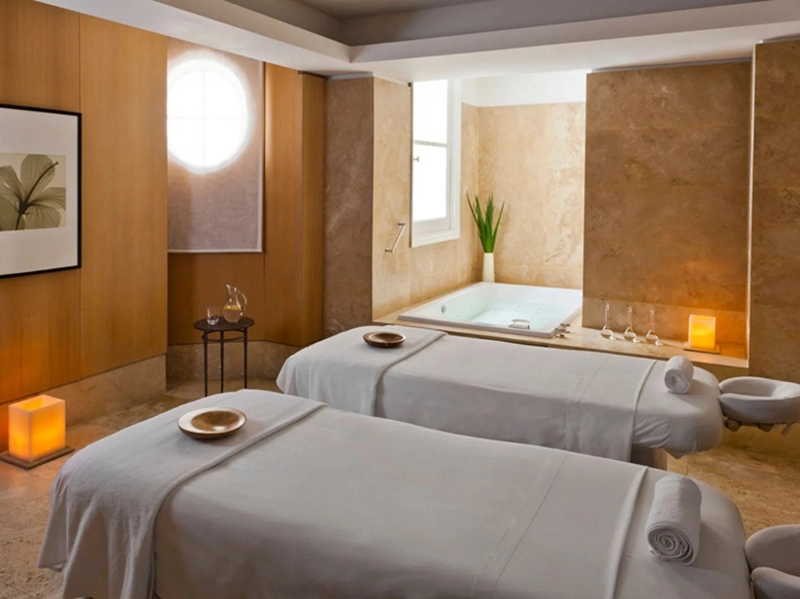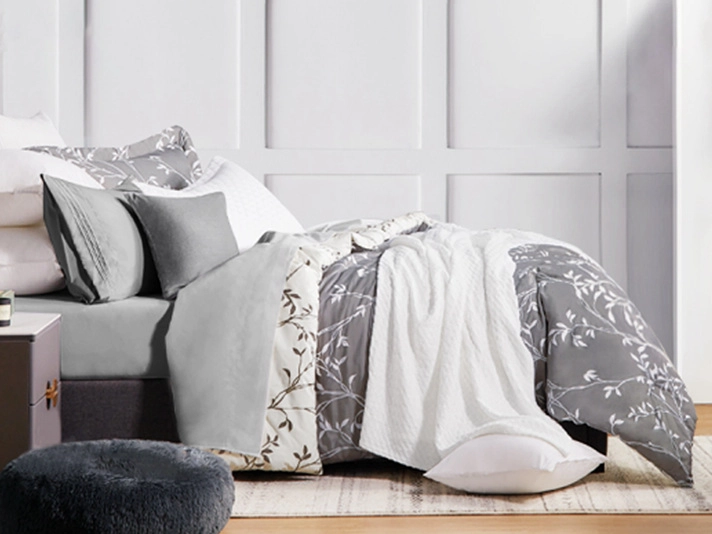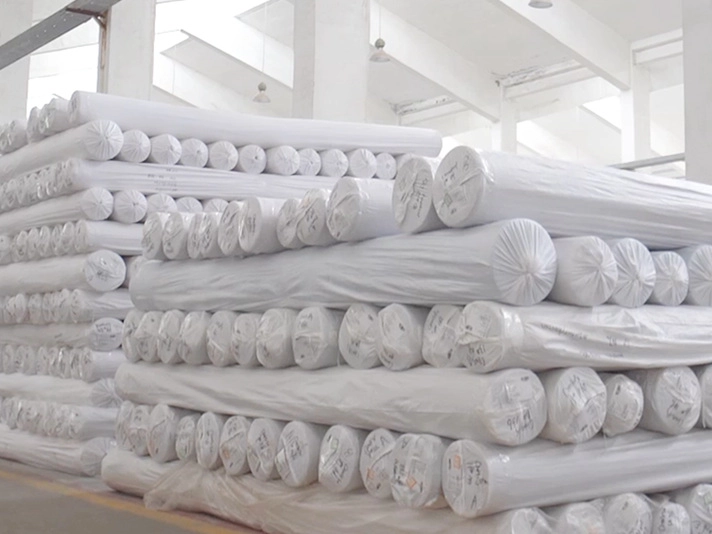bedding fabric
Bedding Fabric A Guide to Comfort and Style
When it comes to creating a harmonious and inviting bedroom, the importance of bedding fabric cannot be overstated. The right choice of fabric can enhance your sleep quality, elevate the aesthetic of your space, and even reflect your personal style. In this article, we will explore various types of bedding fabrics, their unique characteristics, and tips for selecting the best ones for your needs.
Understanding Bedding Fabrics
The first step in choosing the right bedding fabric is understanding the various materials available
. Common bedding fabrics include cotton, linen, microfiber, silk, and bamboo. Each of these fabrics offers distinct advantages that cater to different preferences and needs1. Cotton This classic choice is adored for its breathability and softness. Cotton sheets are durable, easy to care for, and come in various weaves, such as percale (crisp and cool) and sateen (smooth and luxurious). Organic cotton is also increasingly popular among eco-conscious consumers, as it is grown without harmful chemicals.
2. Linen Known for its unique texture and natural breathability, linen bedding feels cool to the touch, making it an ideal option for hot sleepers. Its ability to wick moisture away allows for a comfortable night’s sleep. Although linen is more expensive than cotton, its durability and timeless appeal often justify the investment.
3. Microfiber Made from finely woven synthetic fibers, microfiber bedding is soft, lightweight, and often less expensive than natural fabrics. It is resistant to stains and wrinkling, making it a practical choice for families or those who want low-maintenance bedding. However, it may lack the breathability of natural fibers.
4. Silk Regarded as the epitome of luxury, silk bedding offers an unmatched softness and a distinctive shine. It is hypoallergenic and great for maintaining skin moisture. However, silk requires special care and is best suited for those who prioritize aesthetics and comfort over practicality.
5. Bamboo Increasingly popular for its sustainability, bamboo bedding is soft, hypoallergenic, and naturally moisture-wicking. It regulates temperature well, making it comfortable in both warm and cool conditions. Bamboo is also biodegradable, appealing to environmentally-conscious consumers.
bedding fabric

Factors to Consider
When selecting bedding fabric, consider the following factors to ensure you make the right choice
- Comfort The fabric should feel good against your skin. Everyone has different preferences, so it’s important to choose what feels pleasant to you.
- Climate Your local climate plays a significant role in fabric choice. If you live in a warm area, lightweight and breathable fabrics like cotton or linen might be ideal. In colder climates, you may prefer the warmth offered by flannel or heavier microfiber.
- Allergies If you have allergies, opt for hypoallergenic fabrics like bamboo or silk, which are gentler on sensitive skin and help reduce dust mites.
- Maintenance Consider how much time and effort you want to invest in caring for your bedding. Fabrics like microfiber may require less care compared to silk, which often needs dry cleaning.
Conclusion
In the end, the key to selecting the perfect bedding fabric lies in understanding your personal needs and preferences. Whether you choose the timeless comfort of cotton, the luxurious feel of silk, or the eco-friendliness of bamboo, the right fabric can transform your bedroom into a serene sanctuary. As you embark on your bedding journey, remember to consider factors such as comfort, climate, allergies, and maintenance to find fabrics that will not only enhance your sleep but also complement your style. With the right bedding fabric, a restful night’s sleep is just a choice away.
-
Organic Cotton Bed Sheet Fabric Certification ExplainedNewsAug.22, 2025
-
Creating a Spa Day with Plush Waffle Bath RobesNewsAug.14, 2025
-
How to Cut Linen Maintenance Costs by 30% with Proper Polycotton IroningNewsAug.11, 2025
-
Elevating Comfort and Quality with the Right Bed LinenNewsJul.07, 2025
-
Bedding Essentials: From Percale Sheets to White Quilts, Finding Your Perfect Sleep HavenNewsJul.07, 2025
-
Choosing the Right Bedding for a Comfortable and Stylish BedroomNewsJul.07, 2025
-
Understanding the Diverse World of Towel TypesNewsMay.29, 2025






